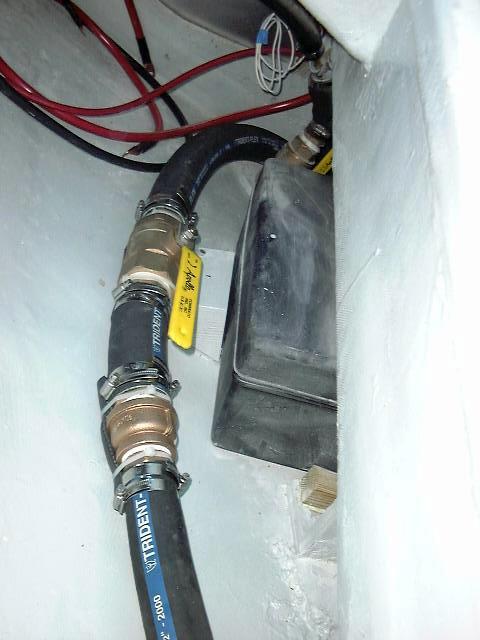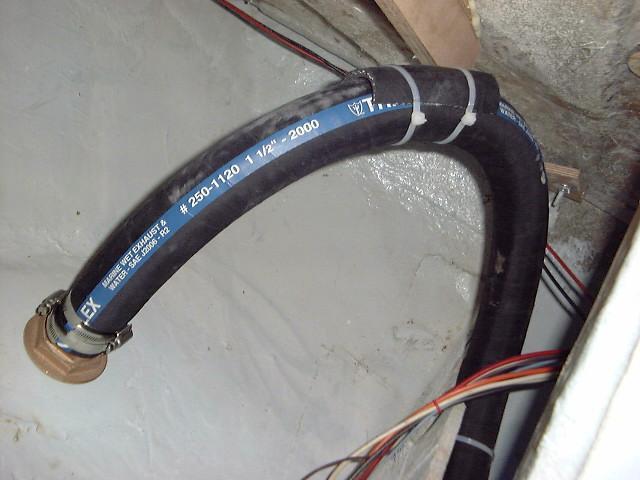I think the check valve would be redundant in your system, and see no reason why you should install one. The fancy high-volume gooseneck assembly you have purchased will be more than adequate to prevent any water from backflowing through your exhaust; a regular high loop is actually sufficient in nearly all cases. The extra insurance of the gooseneck seems like a reasonable plan, though, if not strictly necessary.
To me, check valves in any system just add one more likely place for failure. For the sort of coastal sailing you do, seacocks or check valves are not called for. Exhaust outlets positioned in the counter are far less likely than straight transom-mounted outlets to suffer from back flow even in a seaway since they are typically submerged, but vertically; some water probably enters the outlet, though minimally, but the submergence actually cushions the opening and prevents following seas from forcing their way up as easily as they might in a transom-mounted outlet.
I installed a bronze inline valve in my exhaust line when I built the system in 2001, but have never closed it for any reason. It was a nod to the possibility of taking the boat further afield at some point in the future, but I don't see a need for such a closure in any boat that remains in coastal sailing and wouldn't bother with one on any boat that had no offshore plans.

Remember also that the waterlift chamber provides significant backflow protection, by virtue of the size of the reservoir, the internal baffling, and my unscientific belief that air and water present in the chamber must also provide its own pressure that helps prevent water from easily entering the downstream portions of the exhaust under typically-encountered conditions.
The old copper exhaust was pretty much a direct pipeline to the engine from the counter-mounted outlet, yet never seemed to create any backflow problems despite having virtually no backflow precautions in place. So the higher-tech (as it were) waterlift should be even more effective.
Powerboats often have check valve-type mufflers installed since their wide outlets, located at or near the waterline, typically get water forced backwards into them when backing down, or in following seas slapping against the boat. Plus, the whole systems tend to be nearly horizontal all the way to the engines themselves. Sailboats don't tend to have this type of problem. I don't think I've ever seen a check valve of any type in a sailboat exhaust. Waterlift chambers effectively provide the same protection on their own.
None of this is intended to minimize the potential of water being forced backwards into a shut-down engine. It is possible, and it has happened, of course. But one has to look at how the susceptible systems were designed. I suspect that in the cases where this happens, either extraordinary weather was to blame, or else one or more components of the exhaust system were improperly installed, poorly designed, or missing entirely.
You already have sufficient safeguard in place with the waterlift muffler, and the baffled gooseneck provides even additional insurance. It'd take a lot to force water up and through that device, as well as the waterlift. I don't think there's a call for any additional components to try and prevent a problem that's already being prevented, and is pretty unlikely in any properly-designed exhaust system to begin with.






